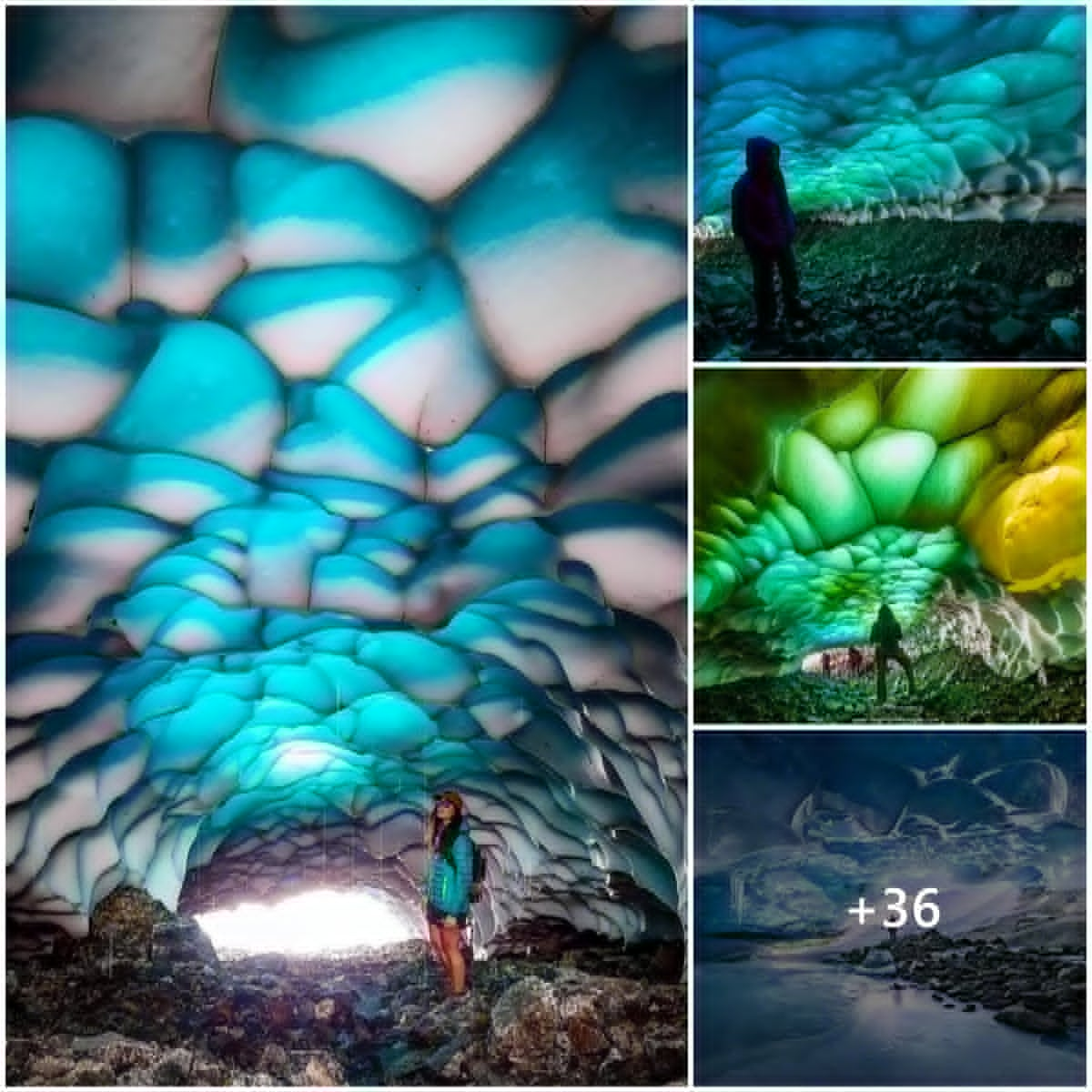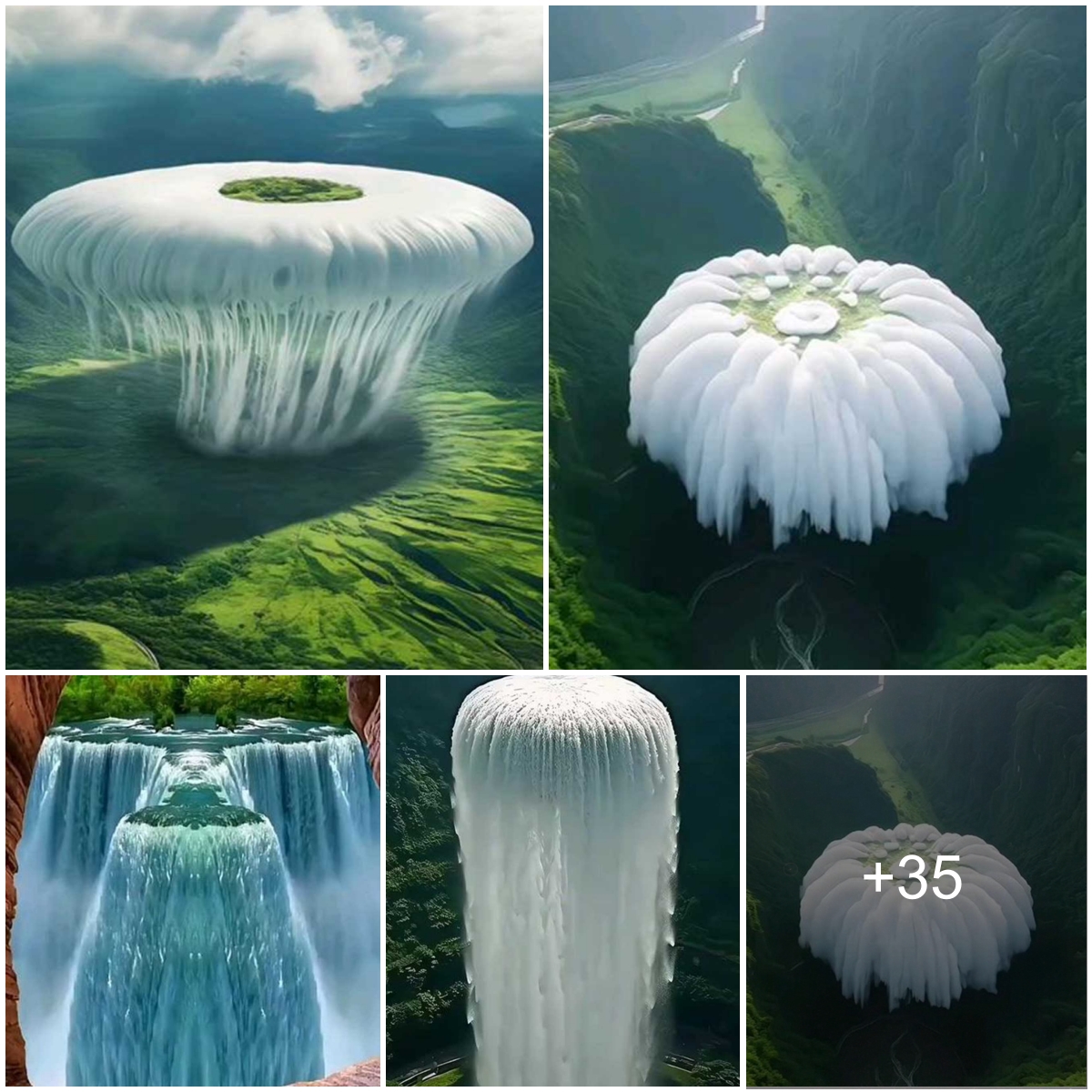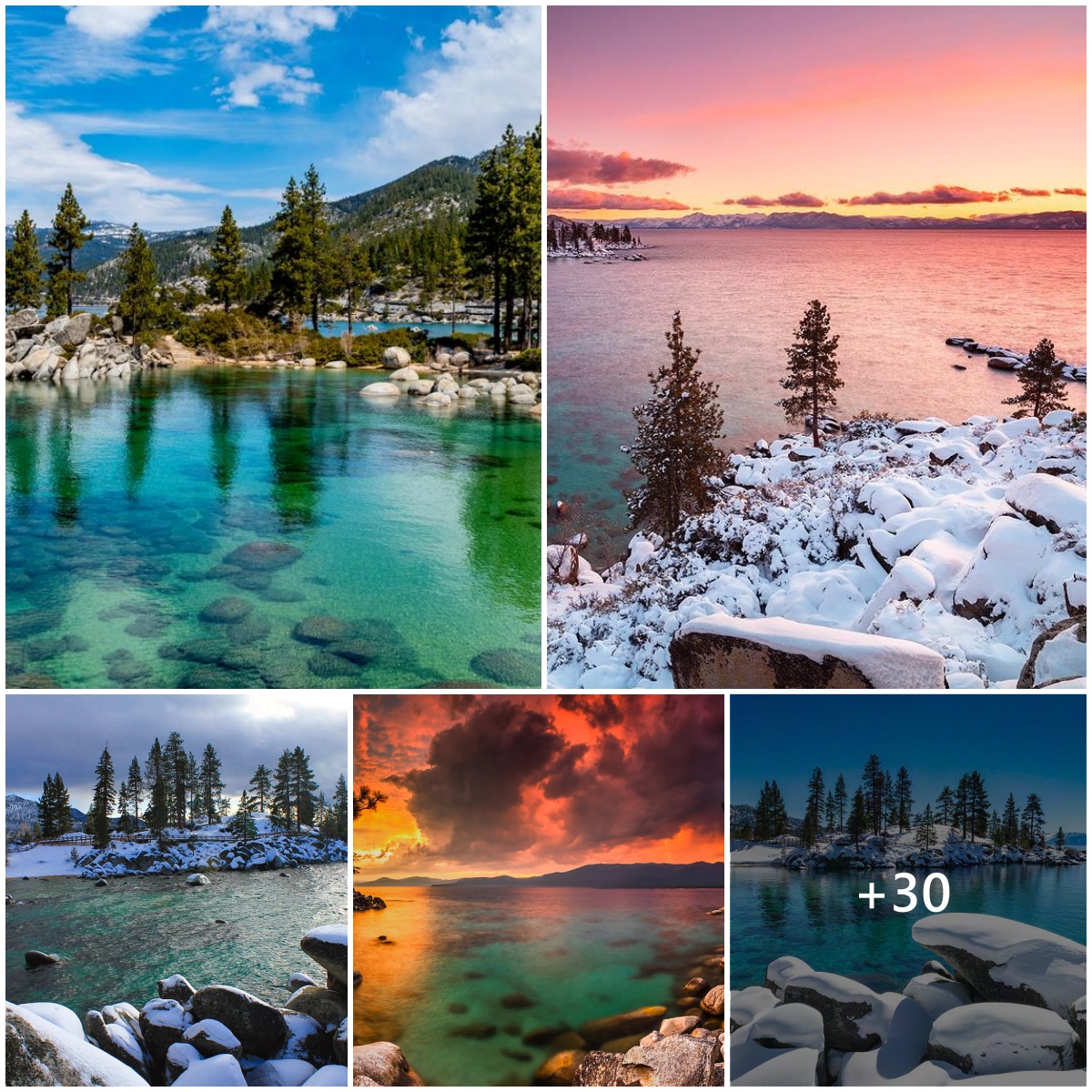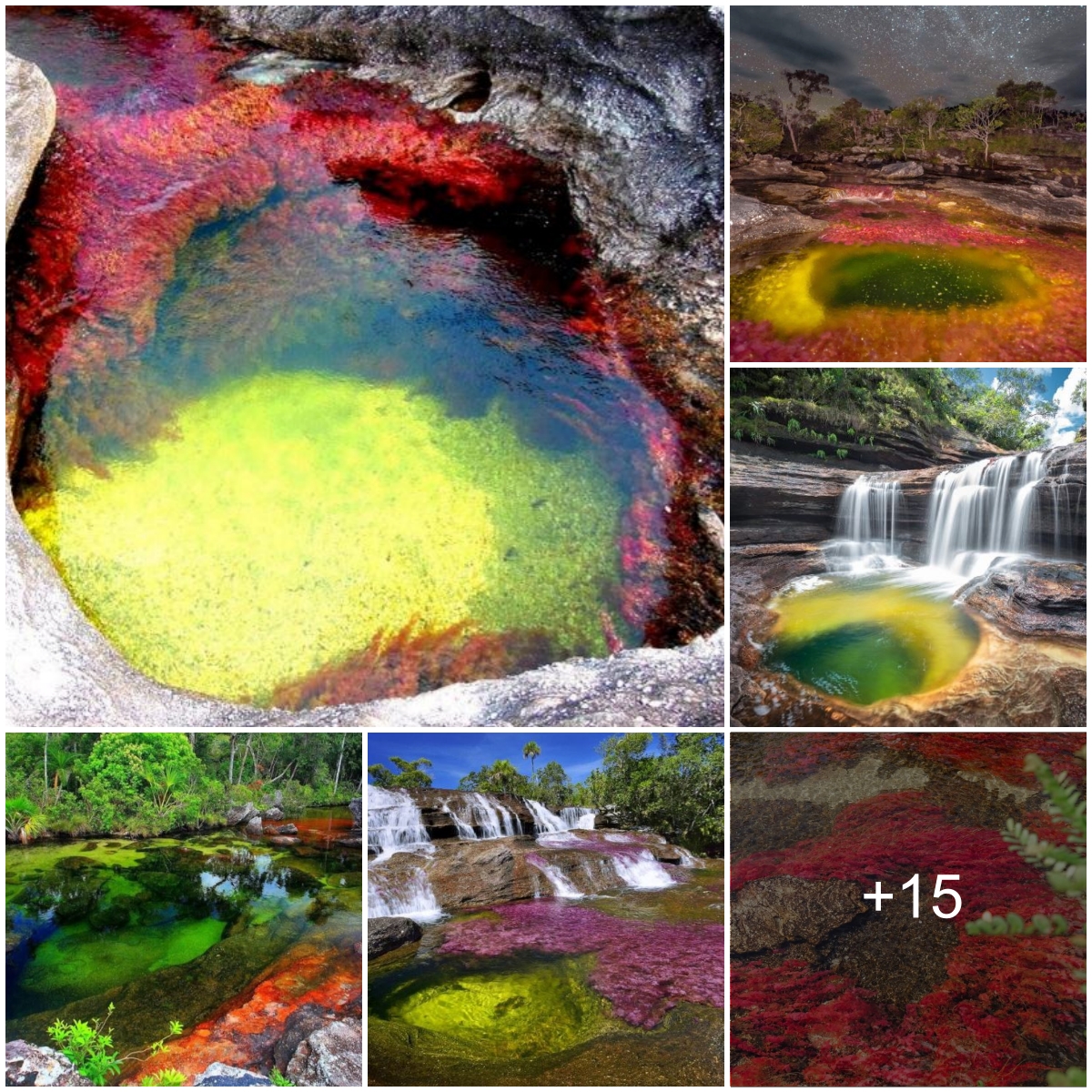When it comes to the grandeur of nature, few things can rival the breathtaking beauty of mountains. They are nature’s biggest masterpieces. Some of these mighty peaks are quite famous, but there are lesser-known, yet equally stunning mountains across the globe.
In this article, we present the world’s 20 most beautiful mountains, in no particular order.
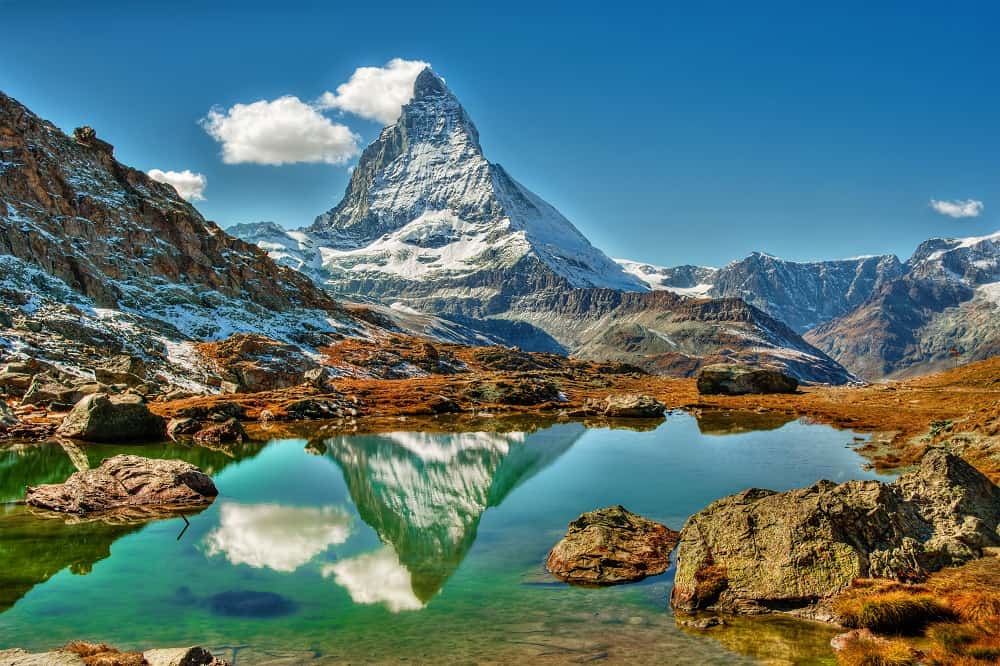
The iconic Matterhorn, with its pyramid-like shape, has long fascinated climbers. Its north face is particularly challenging and boasts a rich mountaineering history. The Matterhorn was one of the last great alpine peaks to be conquered.
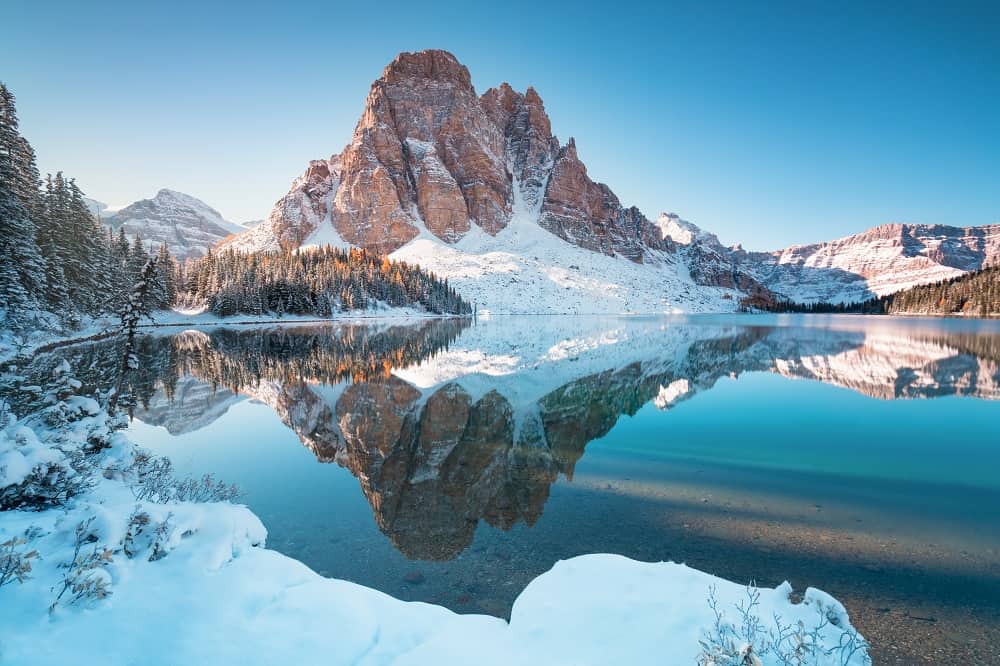
Known as “The Matterhorn of North America,” Mount Assiniboine stands tall in the Canadian Rockies. Its pyramid shape and pristine alpine lakes are a sight to behold. The Indigenous Ktunaxa people called the mountain “Squin K`a-mi,” which means “Stone with a hole.”
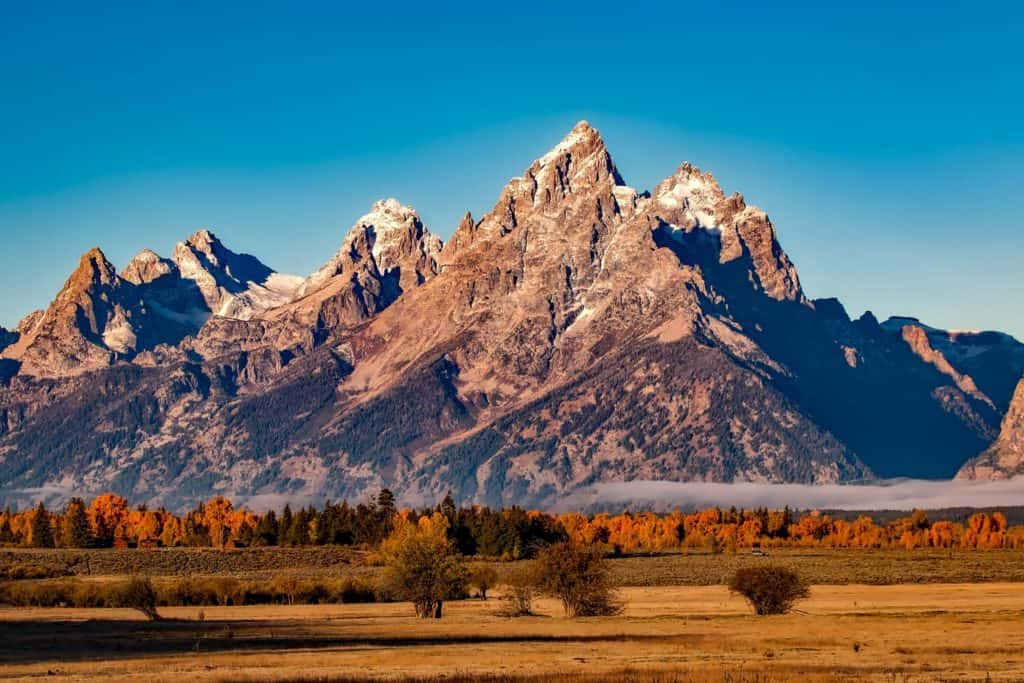
The Grand Teton Range, nestled in the heart of Wyoming, is a collection of jagged peaks and alpine lakes. These mountains, with the Grand Teton itself protruding above, create an unforgettable memory for all who venture here. The name “Teton” is derived from the French word “les trois tétons,” meaning “the three breasts,” inspired by the three prominent peaks.
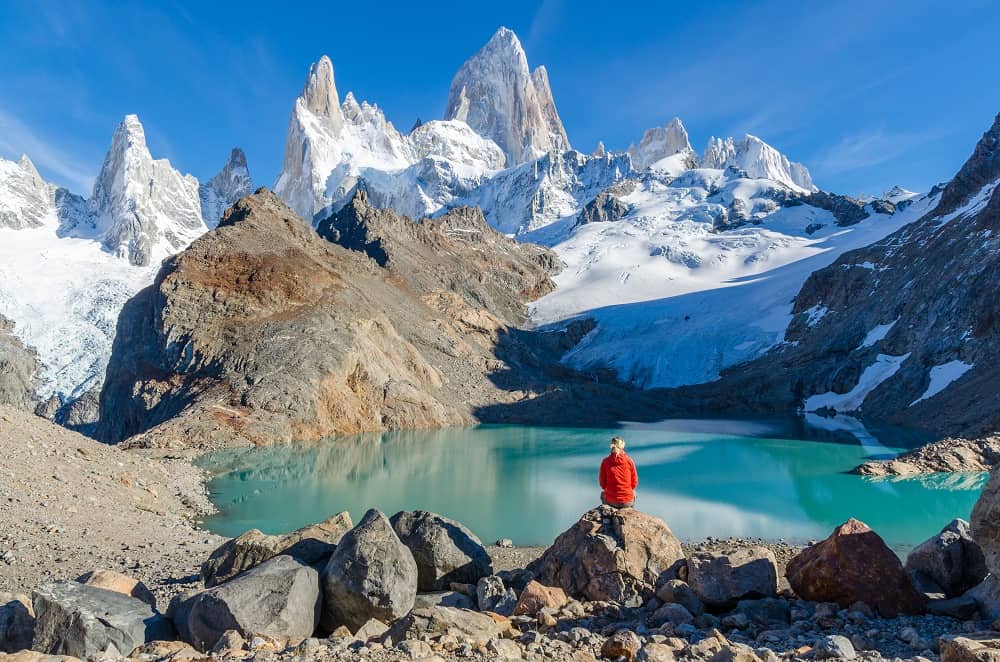
Fitz Roy, or Cerro Fitz Roy, is a hidden gem in Argentina’s Patagonia region. Its spectacular spires and granite faces appear as artwork, drawing climbers and photographers alike. Fitz Roy’s peak often seems shrouded in clouds, earning it the nickname “smoking mountain.” Fitz Roy was named after Robert FitzRoy, the captain of the HMS Beagle, who guided Charles Darwin on his famous voyage.
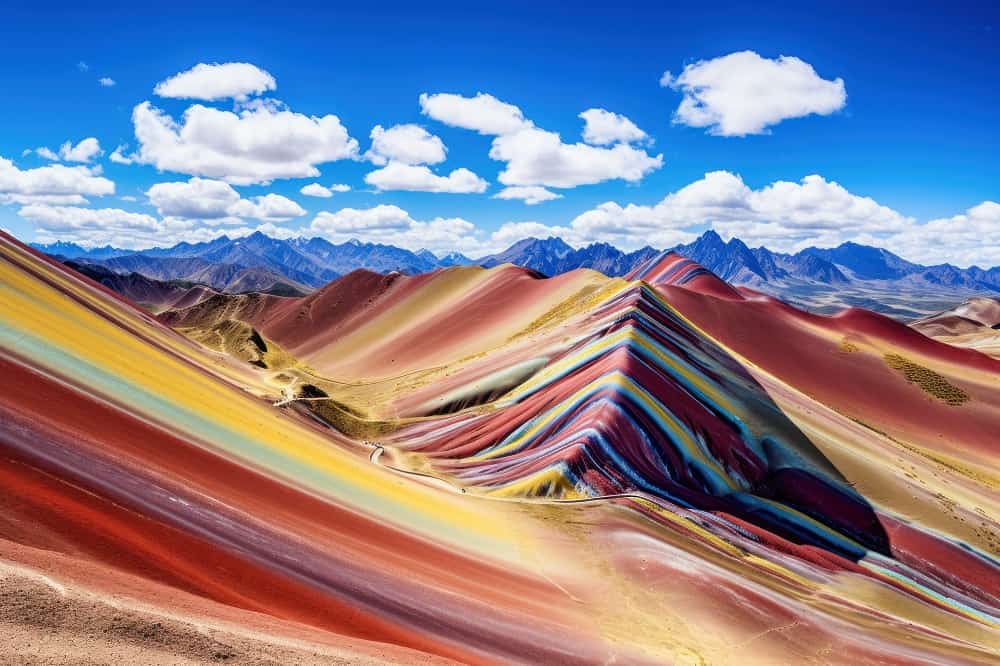
Vinicunca, often referred to as Rainbow Mountain, is a geological wonder situated in the Peruvian Andes. The mountain’s mesmerizing rainbow-like striations make it one of nature’s most colorful masterpieces. The hues are created by mineralogical composition, and it remained hidden under ice and snow for centuries.

The Trango Towers are a group of dramatic granite spires in the Karakoram Range. Rock climbers from around the world are drawn to these impressive formations. The Trango Towers consist of four distinct spires, each with its unique name, including the Great Trango Tower and the Nameless Tower.

Table Mountain is a flat-topped peak that looms over Cape Town. Its unique plateau shape has been shaped over millions of years and is a UNESCO World Heritage site. A cable car whisks visitors to the summit, where sweeping views of the city, coast, and surrounding landscapes await.
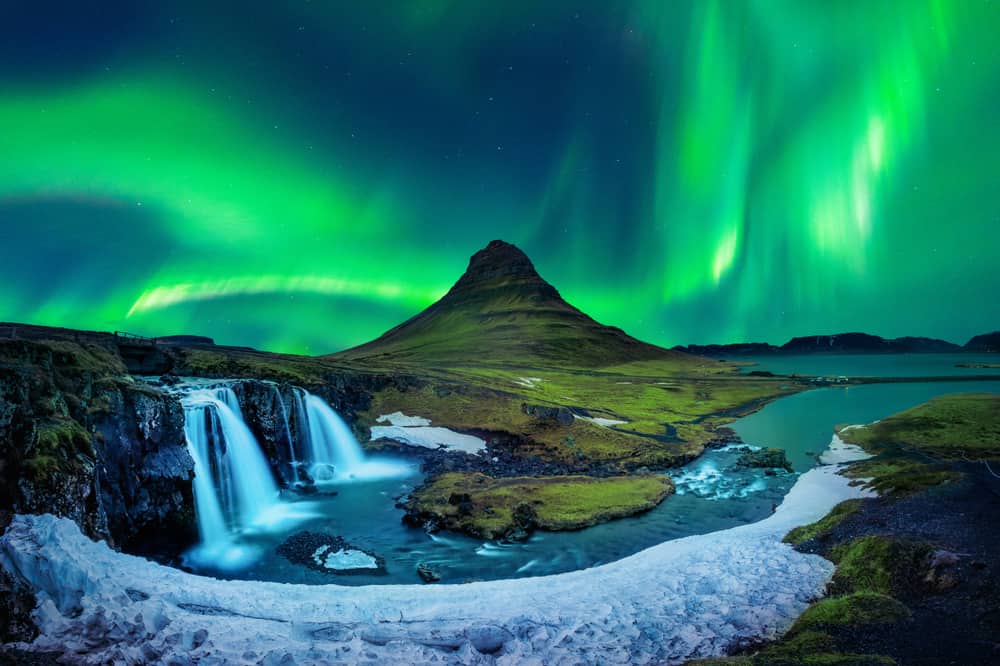
Kirkjufell is Iceland’s most photographed mountain, situated on the Snæfellsnes Peninsula. Its distinctive form and the nearby Kirkjufellsfoss waterfall create an idyllic scene. Kirkjufell is often referred to as “Church Mountain” due to its resemblance to a church steeple.

We might be biased, but Mount Kilimanjaro, Africa’s highest peak belongs on this list. This free-standing volcano is renowned for its five distinct climate zones, from the lush rainforest at its base to the ice-capped summit. Climbing this dormant giant is not just a physical feat; it’s a voyage through vastly contrasting environments and ecosystems.
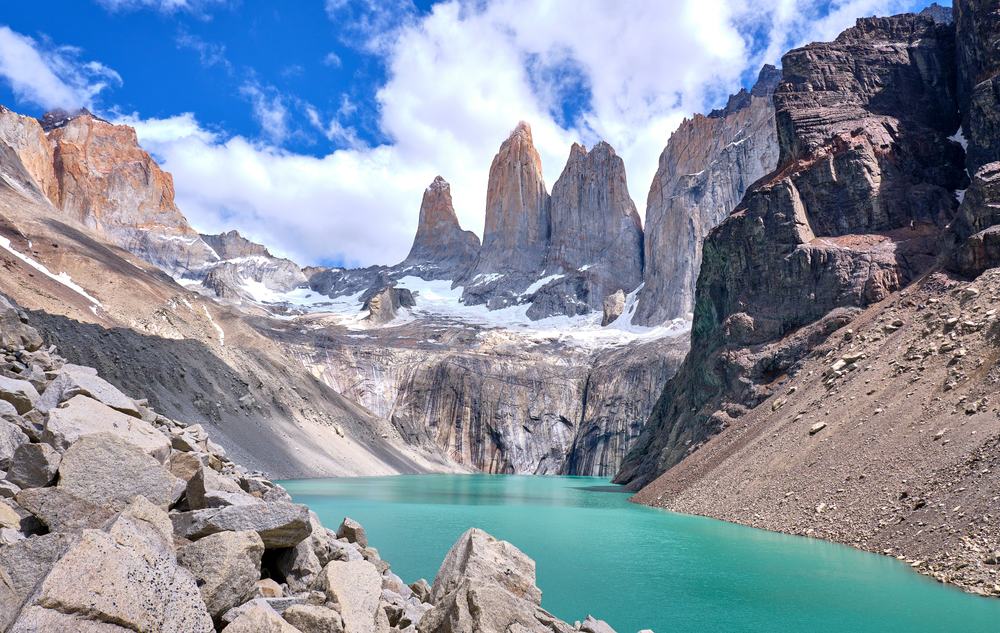
In the heart of Chilean Patagonia, the Torres del Paine mountains are an adventurer’s dream. Three massive granite peaks, known as the “Towers of Blue,” dominate the area. The park offers one of the best places in the world to see the elusive puma.

In the Land of the Rising Sun, Mount Fuji stands tall. Revered in Japanese culture, this perfectly conical volcano is not just a place of beauty but a spiritual symbol. Whether adorned in cherry blossoms in spring or snow in winter, Mount Fuji’s silhouette is an emblem of Japan’s natural and cultural richness.
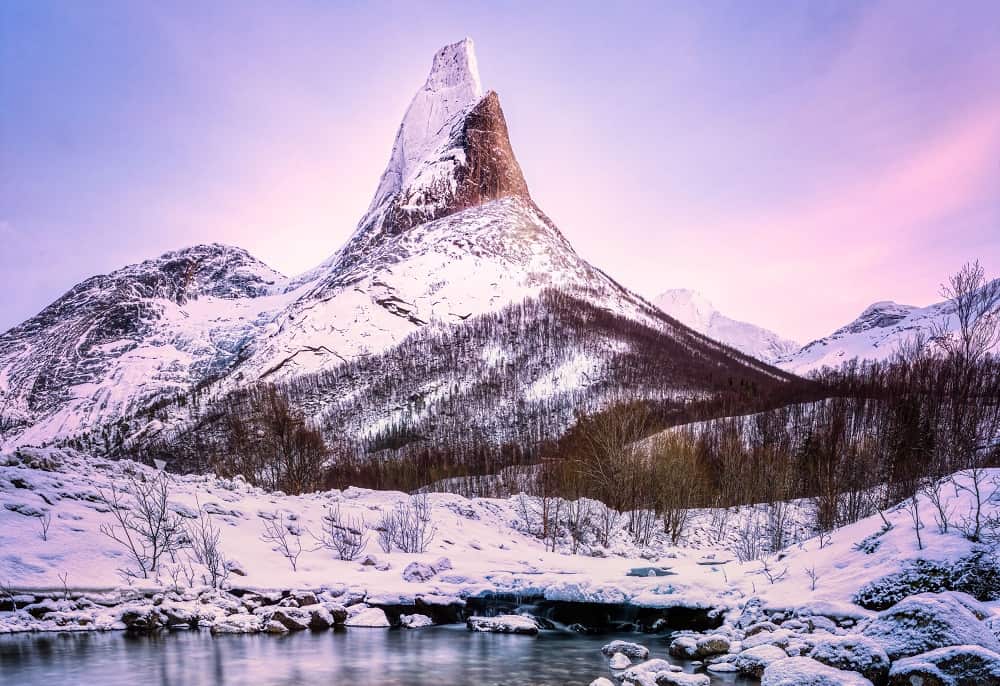
Norway’s national mountain, Stetind, rises dramatically from the fjords. Its slender peak has been an inspiration for mountaineers and artists, leaving a lasting impression. Stetind is often called “Stetinden,” which means “Anvil Peak,” a name befitting its shape.
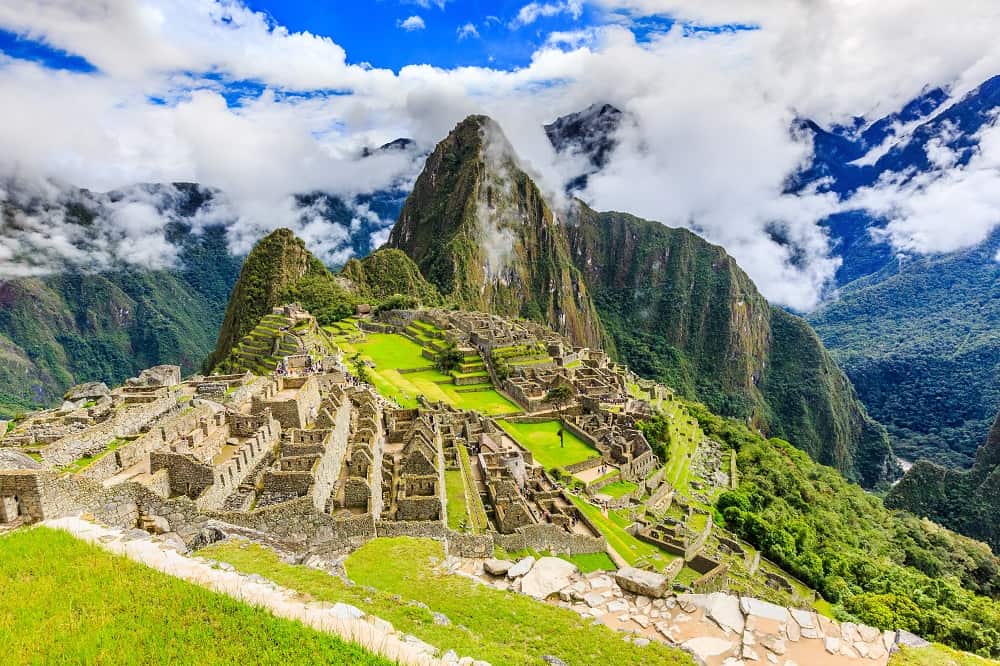
Huayna Picchu, often overshadowed by its renowned neighbor Machu Picchu, offers an adventure of its own. This peak stands over the Incan citadel, offering splendid views of the archaeological site. Huayna Picchu is steeped in history, holding sacred significance for the Inca people.

The sandstone pillars of Zhangjiajie National Forest Park in China are nothing short of breathtaking. The park’s exquisite scenery has made it a UNESCO Global Geopark. Zhangjiajie inspired James Cameron’s film, “Avatar,” and has since become known as the “Avatar Mountains.”

Devils Tower is a captivating geological formation in Wyoming, known for its hexagonal columns that rise above the surrounding plain. Sacred to several Native American tribes, it’s a sight that captures the imagination and entices climbers from all over the world. Devils Tower was the first U.S. national monument, designated by President Theodore Roosevelt in 1906.
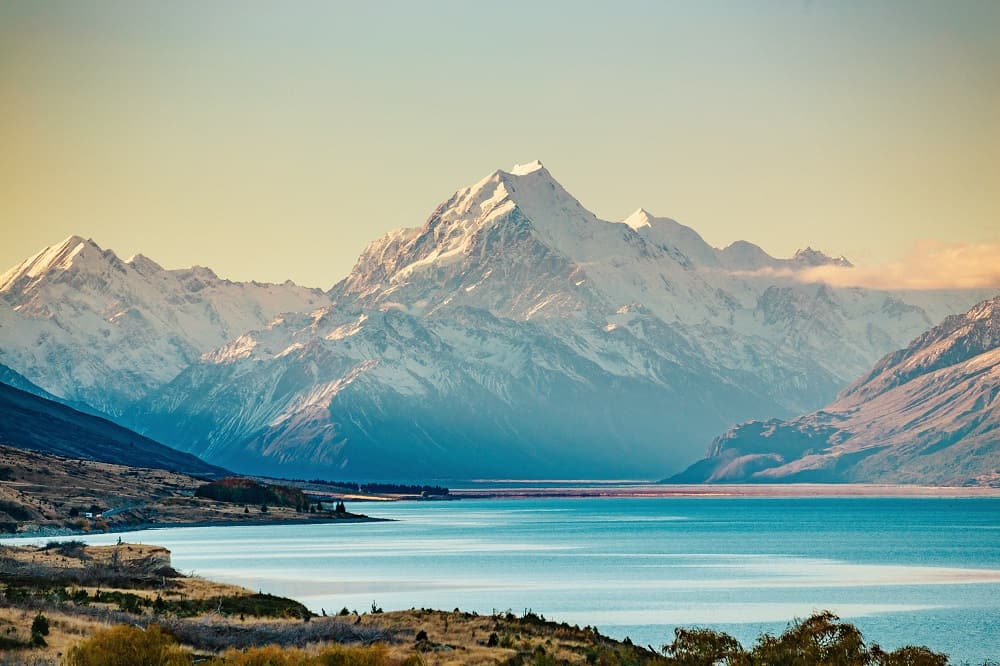
Aoraki, also known as Mount Cook, is the highest peak in New Zealand and a place of immense reverence to the Ngāi Tahu, the local Māori people. It graces the Southern Alps and has a commanding presence in Mount Cook National Park. Aoraki means “Cloud Piercer” in Māori.
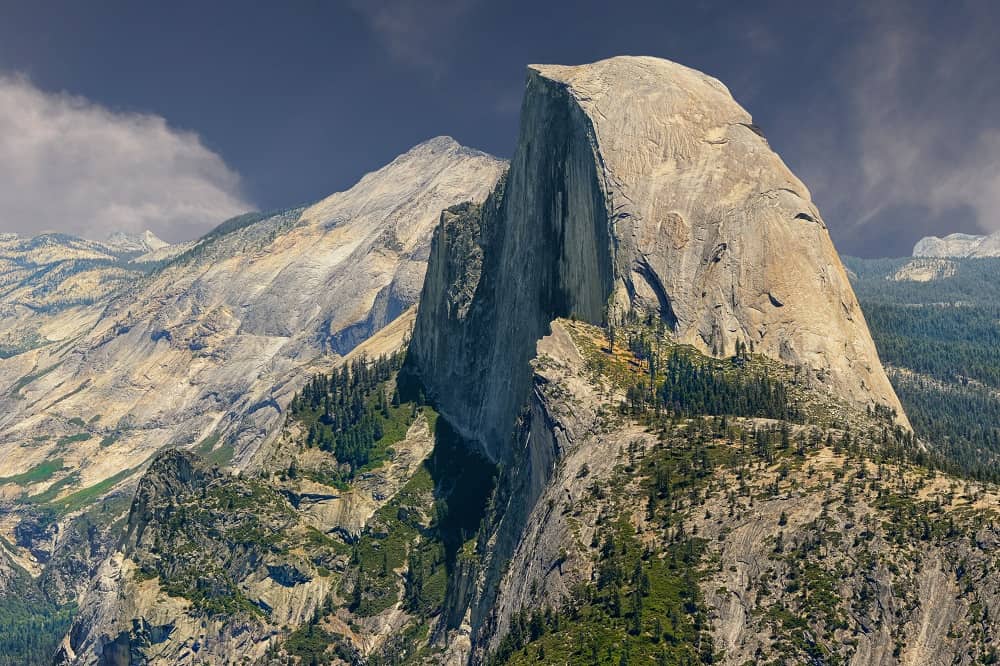
Half Dome, a granite monolith in California’s Yosemite National Park, is a symbol of the American wilderness. Its distinct shape, with a sheer rock face on one side and a rounded dome on the other, beckons hikers to approach. Hiking to the top of Half Dome involves ascending a steep, cable-assisted route known as the “Cables Route.”
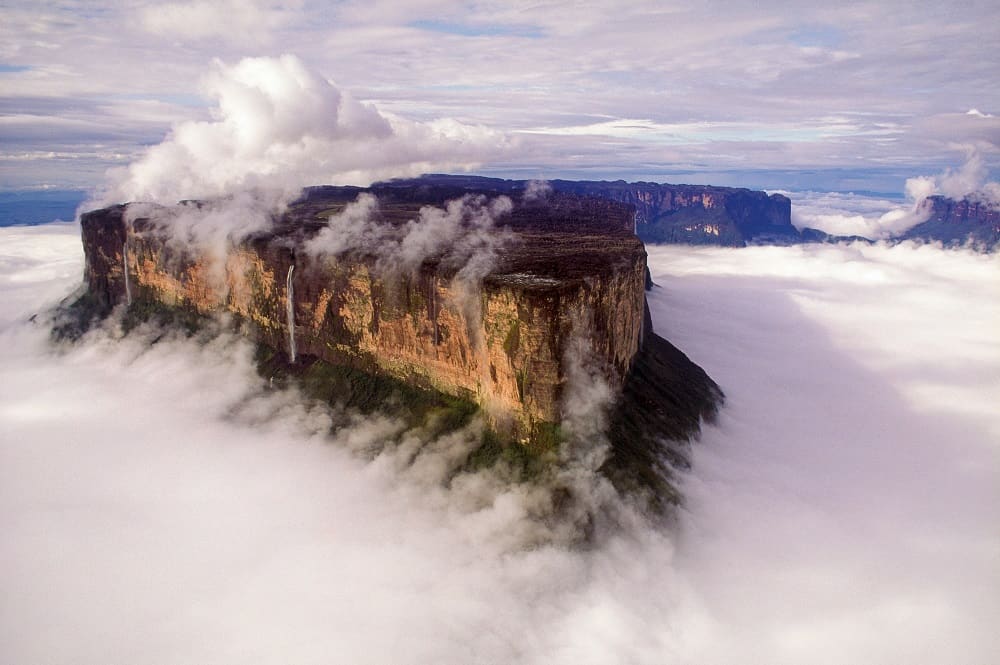
Mount Roraima, the inspiration behind Sir Arthur Conan Doyle’s “The Lost World,” stands as a geological wonder. Its flat tabletop shape and vertical cliffs create a scene that feels right out of a science fiction novel. Mount Roraima is one of the oldest geological formations on Earth.

Ama Dablam is a Himalayan mountain in the Solu Khumbu region of Nepal. The name means “Mother’s Necklace” in Nepali, derives its name from its prominent ridges resembling a mother’s arms and the hanging glacier that is reminiscent of a traditional pendant worn by Sherpa women. This mountain, in the heart of the Khumbu Valley, is the Himalaya’s most photographed peak.
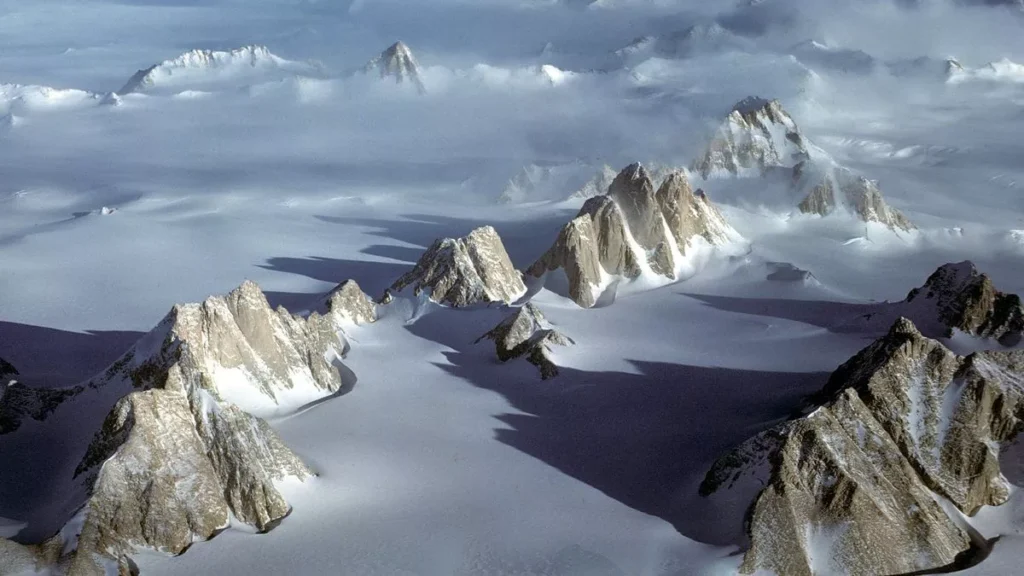
Our final destination is the ethereal peak known as “The Spectre,” situated in the icy wilderness of Antarctica. While not dominating in height, this striking rock pinnacle is surrounded by a seemingly endless expanse of snow and ice. It’s a destination only accessible to the most intrepid explorers, making it the world’s most remote mountain as well.

